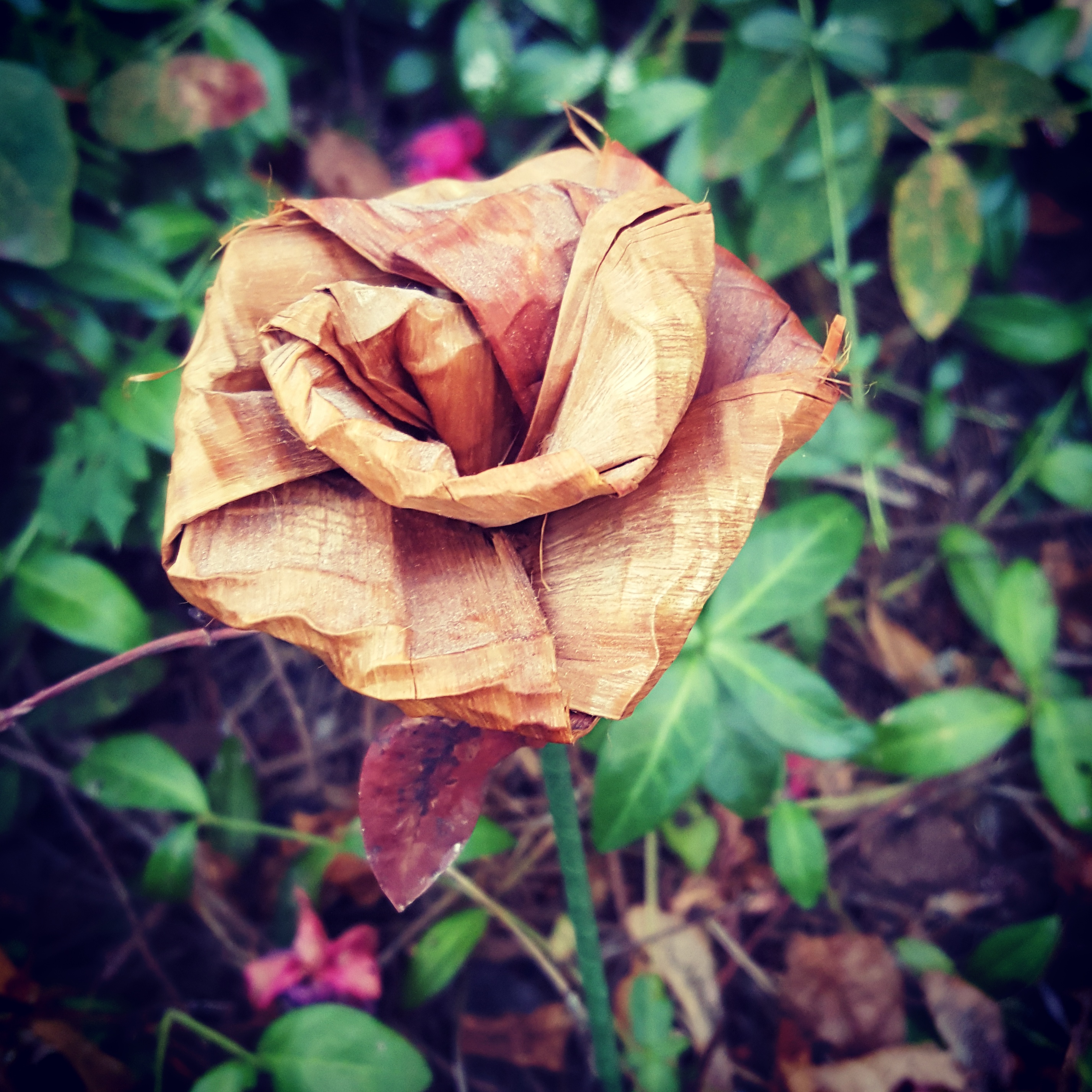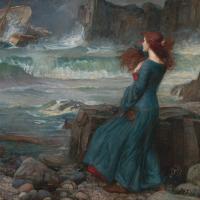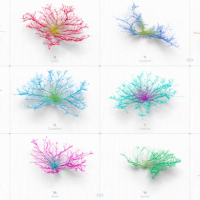By: Jaime Clifton, Research Curator
About 2 years ago, I purchased a beautiful handmade cedar bark rose that was created using traditional eco-friendly cedar craft techniques. As one of my most treasured artworks, it is a prominent fixture in my living room décor. But its value goes far beyond its aesthetic beauty. It was crafted by an artist from the Metlakatla First Nation near the Great Bear Rainforest in British Columbia as part of an effort to raise funds to fight the Keystone Pipeline. It often reminds me of how art has always played a prominent role in communicating issues, influencing opinion, and educating the public. From Neo-Classicism to French Realism, to Dadaism and American Realism, to the Feminist Art Movement, art mobilizes knowledge and often challenges established cultural practices. Based on history, art is the perfect medium to communicate climate change. But how can we successfully communicate or curate climate change through art?
While I don’t have the answer, I found a couple of examples that offer some inspiration. This Montreal-based project, coordinated by Embassy of Imagination, invited a group of Inuit teenagers from Cape Dorset to paint a vibrant mural on a building. It illustrates the effects of climate change on Northern Canada. 'Art as Activism: Climate Change', an exhibition at the D&R Greenway Land Trust, curates works documenting nature's threatened beauty and the influence that artists can have on climate change discussion in the Anthropocene era. Italian composer, Ludovico Einaudi, performed on a floating platform in the peaceful, yet chaotic arctic environment as glaciers collapse behind him. The new Climate Museum, set to open in New York City in the coming years, will integrate “the sciences, art, and design to inspire dialogue and innovation that address the challenges of climate change”.

Cedar Bark Rose, image by Jaime Clifton
- Log in to post comments



CRC Comments